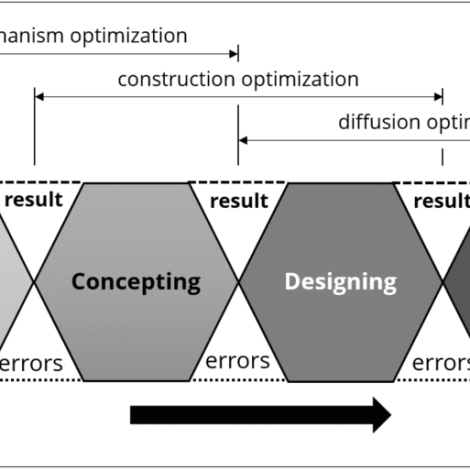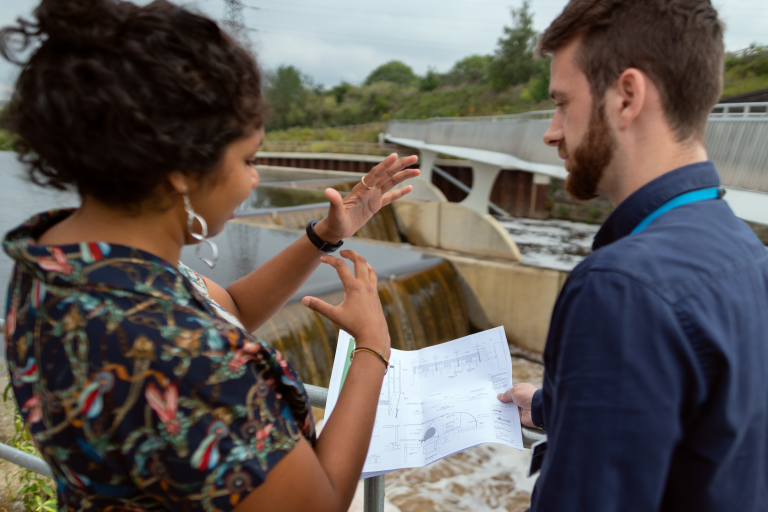Philosophers of design have been calling on humans to move to the center of the process for years, and now the maxim is formally encoded in a guideline for making appropriate technology.
In “Design Methodology for Appropriate Technology: Engineering as if People Mattered,” Corinthias Sianipar at the Institut Teknologi Bandung in Kota Bandung, Jawa Barat province, Indonesia, and an international team of collaborators have drafted a plan for designing culturally appropriate solutions in developing countries.
The paper addresses a critical problem, says Alexander Moseson, an assistant teaching professor of mechanical engineering at Drexel University in Philadelphia, Penn., who was not involved in writing the guidelines.
“There is an abundance of need, an abundance of desire to meet those needs, and no question that technology is central to doing so. However, a lack of methodology to apply appropriate (humanitarian) technology perspectives too often means that good intentions lead to poor outcomes,” Moseson told E4C by email.
An engineer problem
Historically, engineers have been the problem in appropriate technology design, Sianipar and his colleagues suggest in their defense for creating this methodology.
Academics and development practitioners have understood “appropriate technology” as the convergence of two big ideas: Designs that are appropriate require local resources and merge with the local culture. Engineers, on the other hand, had their own agenda at the outset of the movement, the authors say.
Historically, engineers have been the problem in appropriate technology design
Given the challenge to design appropriate technologies, engineers approached their task like they approached all of their design tasks: They created machines that work, but they did it at their desks and in laboratories behind closed doors.
“A good technology was judged by only discovering its technical and economic values but ignoring indigenous capabilities in solving a community‘s own problems and in conserving the surrounding environment,” the authors write.
Development professionals wanted more transparency in the design process and more consultation with the people who would use the new technologies. Engineers were “trapped into a dilemma,” forced to choose between taking on a role as a technical adviser in an open, transparent design process and their own training in “pure engineering.”
So, engineers made a compromise. They took their technology to developing communities and adapted it to the local conditions. That approach opened a gap between the engineers and the development professionals working more closely with local communities.
Design methodology
To bridge that gap, the authors propose a new design methodology that incorporates proven community development principles “to achieve real technological appropriateness,” the authors write.
Their methodology begins with work flow. Each design starts with “local conditions” and ends with “appropriate design.” To get there, the first step is “planning,” followed by “concepting, designing,” and “assessing.”
Each design starts with “local conditions” and ends with “appropriate design.”
The authors’ proposal for who should lead each of those steps is particularly interesting, Moseson says.
Leadership oscillates between engineers and community members. Communities should start the process and lead the planning stage, then the engineers should take the lead in the concepting stage, then it’s back to the community for the design and finally the engineers assess the technology, the authors write.
With the basic outline established, the authors dive into details, dividing the four steps into a worksheet of 10 activities, each with its own sets of steps.
Find the gatekeepers
The first activity and the foundation for the entire design process is to identify and tap “gatekeepers.” Gatekeepers are community members who are immersed in the local culture and also care deeply about solving local problems.
“Gatekeepers become the most useful information sources in AT [appropriate technology] development,” the authors write. From the start, the community is not only involved in creating their own solutions, but it even takes the lead.
Then the authors describe the dozens of steps that they prescribe for creating an effective technology.
“This rigorous methodology may be too cumbersome in some cases, but would be well suited to others, such as new commercial product development for emerging markets,” Moseson says.
The authors close with a request for improvement upon their methodology. In that spirit, Moseson suggests three changes they could make.
First, the authors place multi-criteria decision making in their ninth out of ten steps, but it should come earlier, Moseson says.
Second, the authors seem to dismiss the value of adapting a technology to each community in its context. “While technological adaptation pulls local people to understand foreign technology through knowledge and technology transfer, this methodology aims to produce an AT which is designed based on local resources, meaning that there is no urgently required knowledge and/or technology transfer from engineers/outsiders to local people,” the authors write.
While the authors’ argument against adaption is sound, there are also good reasons to adapt. “It can be done well as part of a conceptual design. Adaptation allows the process to learn from history and contemporaries, and avoids the reinvention of the proverbial wheel,” Moseson says.
And finally, the authors say the social factor is “the ultimate level of technological appropriateness,” but they offer few details on how to measure social factors. “Clearer discussion of perspectives such as agency, ownership, social justice, and models such as social return on investment would help to ensure that this critical dimension is not overlooked,” Moseson says.
The full paper is available for free download.


